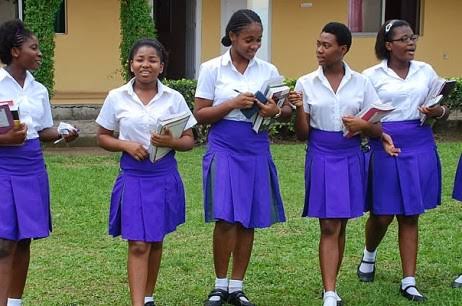Education
17 states to benefit from World Bank’s $500m Girls Education Project

The Ministry of Education has said 10 more states have been added to the seven benefiting from the World Bank Education Project.
The $500 million credit from the International Development Association (IDA) for the Adolescent Girls Initiative for Learning and Empowerment (AGILE) had started in 2020 with Kano, Kebbi, Kaduna, Katsina, Borno, Plateau and Ekiti states.
The Director, Senior Secondary School Education, Federal Ministry of Education, who represented the Permanent Secretary Hajiya Binta Abdulkadir, said the additional ten states will include states from the North and Southern parts of the country that have been impacted by the current state of insecurity.
Abdulkadir spoke in Abuja, at a symposium organised by the Development Research and Project Centre (DRPC), in collaboration with National Institute for Policy and Strategic Studies (NIPSS), to cover school reforms.
“The aim is to return children back to school in these parts of the country, especially the girl child whose education has been severely impacted by insecurity.
“We have been working with the seven pilot states since the commencement of the project, the success of the projects and growing issues of insecurity in more states made us include 10 additional states making it 17.’’
The new states have been contacted and the project will soon kick off.
“Apart from the negative impacts of COVID-19 on the educational sector, insecurity has impacted girl-child Education in the country and the government is doing all it can to return children in the country to school.”
Executive Director DRPC, Dr. Judith-Ann Walker, said the workshop focused on incorporating school safety into the education sector plans.
“This workshop is more technical because it is all about education planning and how it can anticipate environmental issues and respond to it in a planned manner in terms of the design, implementation, monitoring and the entire loop of responding to environmental factors,” she added.



